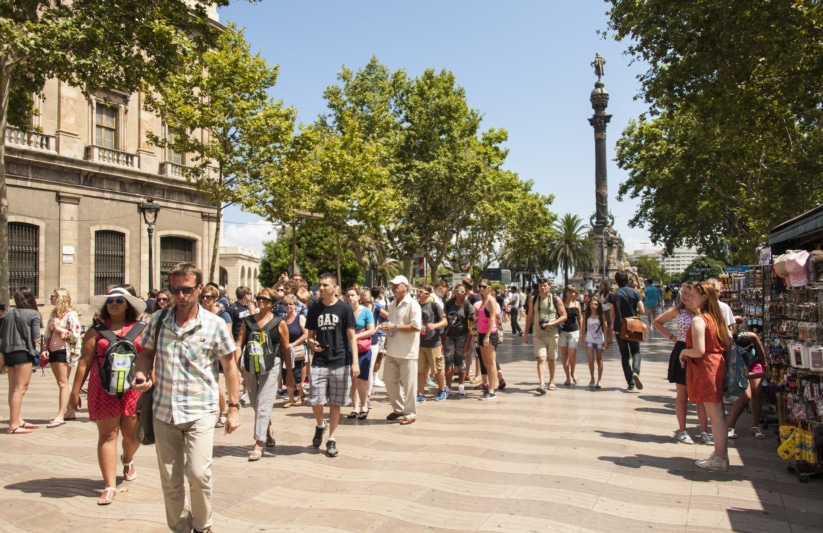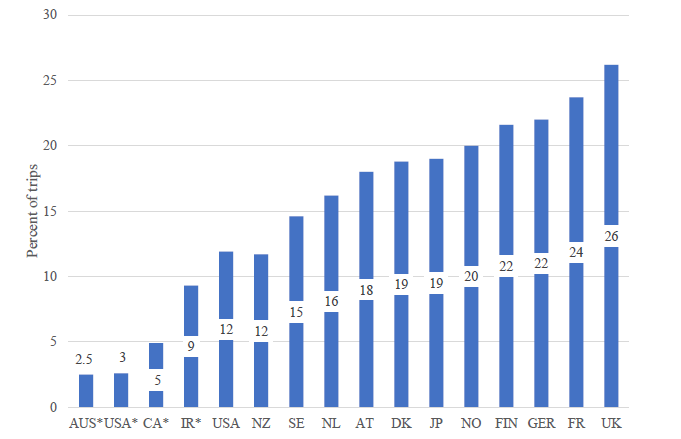A Big Adjustment on Tour: Walking in Europe

Cultural Contrast
Does this scenario sound familiar? If not, it soon will. You’ve just arrived in Europe for the first time, filled with excitement and perhaps a touch of weariness from that overnight flight and time zone adjustment. To your surprise, your ACIS educational tour has you exploring the city on foot much more than you typically would back home, let alone during your domestic travels. Consequently, you and your fellow travelers are left somewhat taken aback and quite fatigued from that unexpected 10-mile excursion.
This is a common experience on trips to Europe because, well, Europeans simply walk a lot more than their counterparts, and as such, American travelers often find themselves struggling to adapt to this change.
Preparing for Your Educational Tour

Why is this?
In Europe, it’s quite common for locals to cover substantial distances on foot to reach their daily destinations, while in the US, people are accustomed to relying heavily on cars, even for short trips down the street. Just to give you an idea, a mere 3% of Americans walk to work, while roughly 22-26% of our French, German, and British friends choose the walking commute.
This low prevalence of walking in the US is due to numerous factors. In part, be attributed to the exceptionally high rate of private car ownership. This factor has significantly influenced American urban planning, leading to a pretty heavy emphasis on car-centric infrastructure. Meanwhile, European cities differ in their approach to planning, often prioritizing diverse transportation options that give equal or more attention to things like public transit and general walkability (the ability within an area to walk to services and amenities within a reasonable distance safely). This heightened ability stems from a popular belief – especially in Europe – that cities should evolve into comprehensive and livable environments. It also arises from disparities in population density and the generally lengthier history of European city developments.

Practicing Walking?
This contrast has led some Americans to take proactive measures before embarking on their European adventures. Some have begun practicing their walking skills, aiming to build up endurance and prepare themselves for the considerable amount of walking they’ll encounter, creating online tutorials that humorously instruct on “how to prepare for all the walking in Europe” or “navigate European attractions with stairs.”
European social media users have had their fair share of amusement over these preparations. Platforms like Reddit have seen lively discussions and memes poking fun at these tutorials. It’s all in good humor, as Europeans understand that the difference in walking habits is simply a part of the cultural divide.

In essence, your first trip to Europe is going to lead you to discover that our European counterparts lead a more active lifestyle on foot, which necessitates a bit of adaptation. While it might be a source of amusement, this difference is also an excellent reminder of how travel exposes us to diverse cultures and lifestyles, and the best way to embrace it is by walking a mile in their shoes – quite literally, in this case, and who knows, you might just return home with a newfound appreciation for the simple joy of strolling through the charming streets of Europe.










